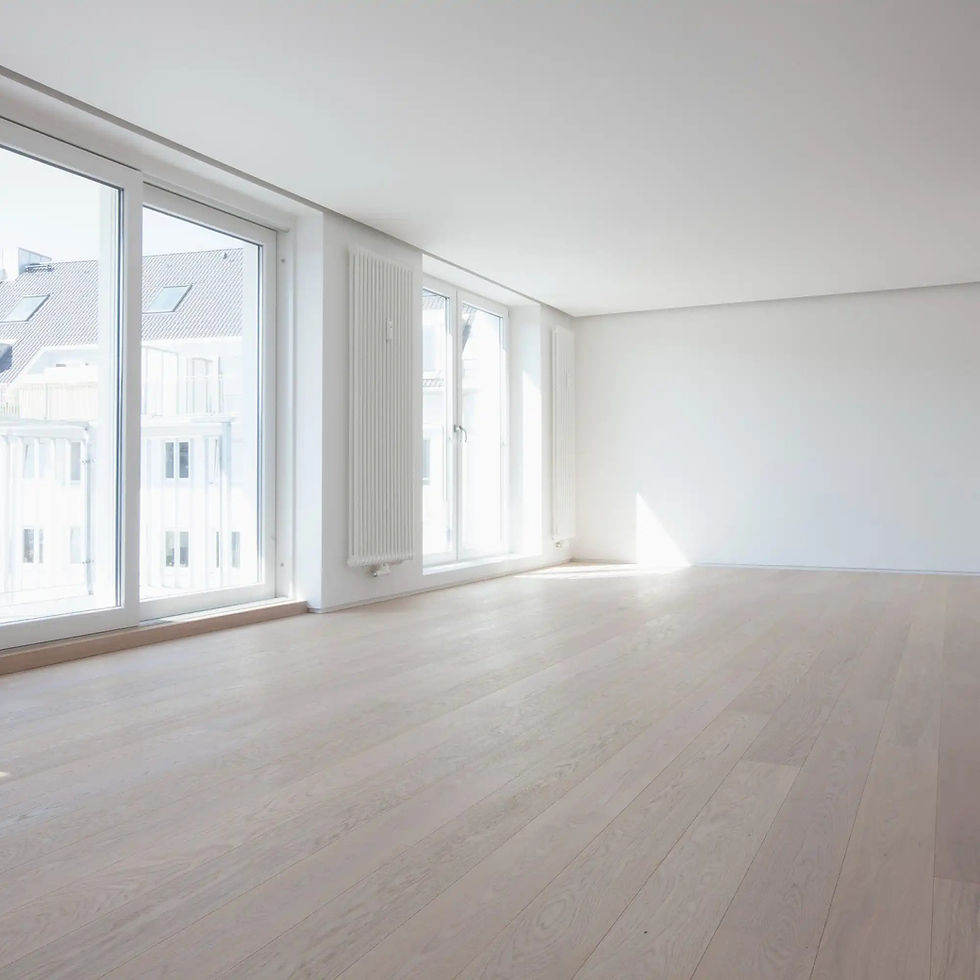How to Hang and Tape Drywall Like a Pro
- Anthony Carnicella

- Feb 5, 2024
- 2 min read
Updated: Jun 6, 2025
Drywall Hanging & Taping: Detailed Guidelines for Installing and Taping Drywall in an ADU

For additional information, please visit our main website at www.acinteriorsinc.com
Drywall Installation in Your Accessory Dwelling Unit (ADU)
Transform your ADU with our comprehensive guide to drywalling
Includes putting up drywall, which is also referred to as gypsum board or sheetrock, in order to construct the interior walls and ceilings. Here is a detailed guide to assist you through the procedure:
Materials and Tools:
Drywall sheets
Drywall screws
Joint compound (mud)
Drywall tape
Corner beads
Drywall knife
Screw gun or drill
T-square
Utility knife
Drywall saw
Sanding block or sandpaper
Joint tape
Corner trowel
Mud pan
Procedure:
Measure and Plan:
Measure the walls and ceilings to determine the amount of drywall needed. Plan the layout, considering the placement of doors, windows, and any other architectural features.
Start by installing drywall on the ceilings. Use a T-square to ensure accurate cuts. Screw the drywall sheets to the ceiling joists, with the tapered edges meeting in the center. Stagger the seams between sheets for better strength.
Install drywall on the walls starting from one corner. Again, stagger the seams between sheets. Cut openings for doors and windows. Use a drywall saw or utility knife for precision.
Tape and Mud Joints:
Apply joint tape over the seams and use a drywall knife to cover the tape with joint compound. Smooth the compound to create a flat surface. Let it dry completely, and then sand it smooth.
Corner Beads:
Install corner beads on the external corners of the walls. Use a corner trowel to apply joint compound over the beads, creating a smooth and rounded finish. Allow it to dry and then sand it.
Additional Coats:
Apply additional coats of joint compound as needed, sanding between each coat. This process helps achieve a seamless and polished surface.
Patch any imperfections or holes with joint compound. Sand the patched areas for a smooth finish.
Prime the drywall to create a suitable surface for paint. Once the primer is dry, apply the desired paint color.
Cleanup:
Clean up the workspace by removing excess drywall dust and debris. Dispose of waste materials properly.



Comments